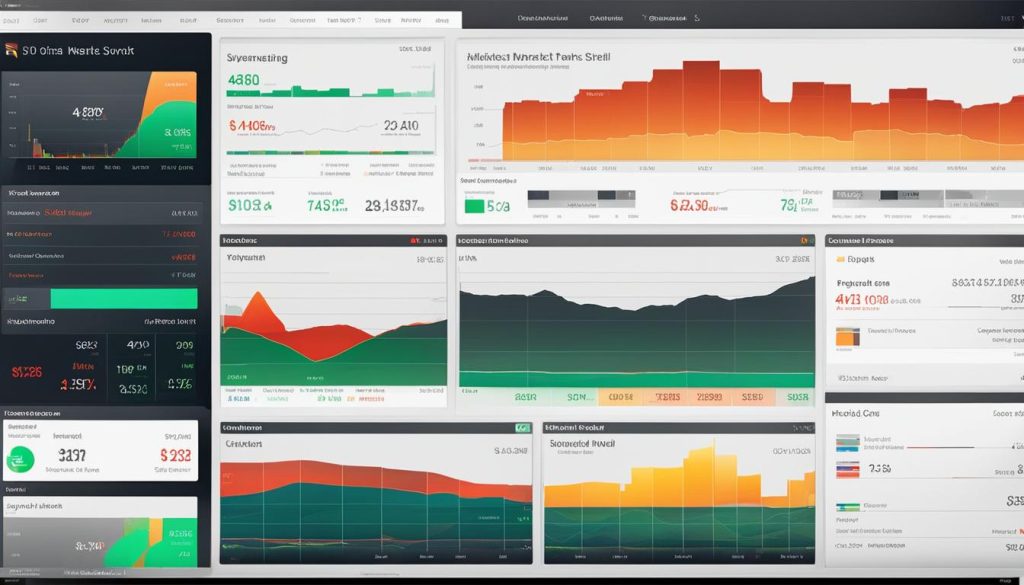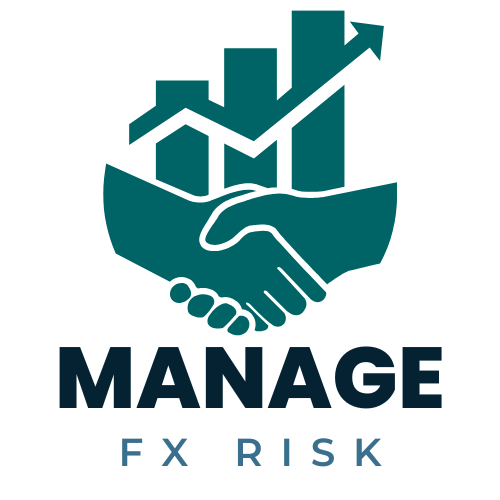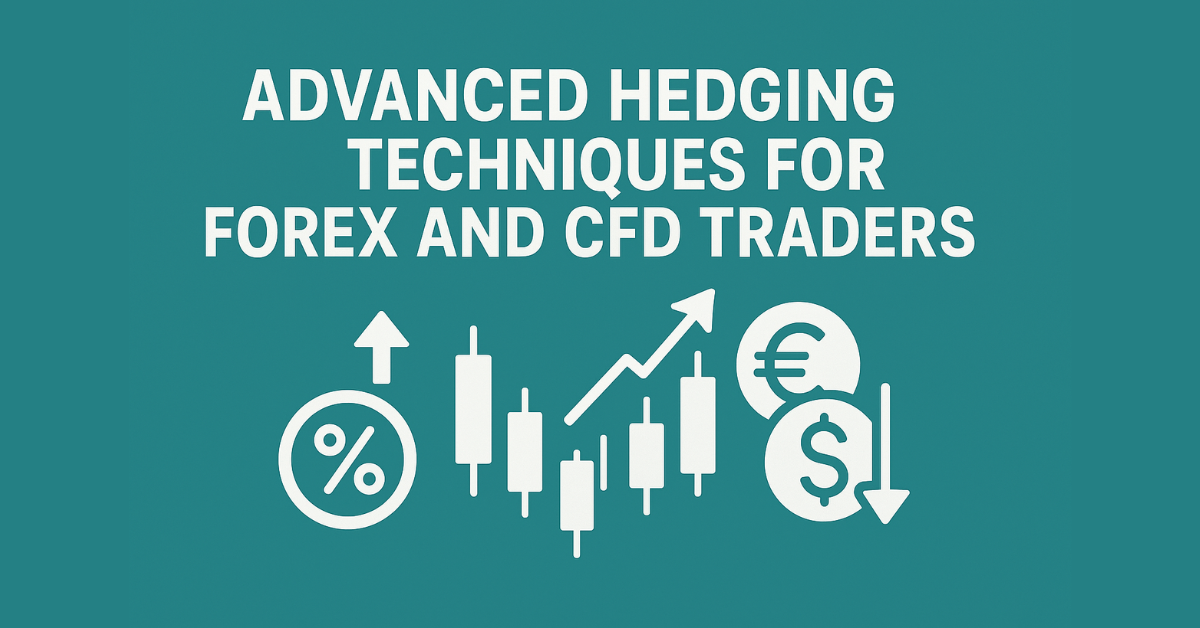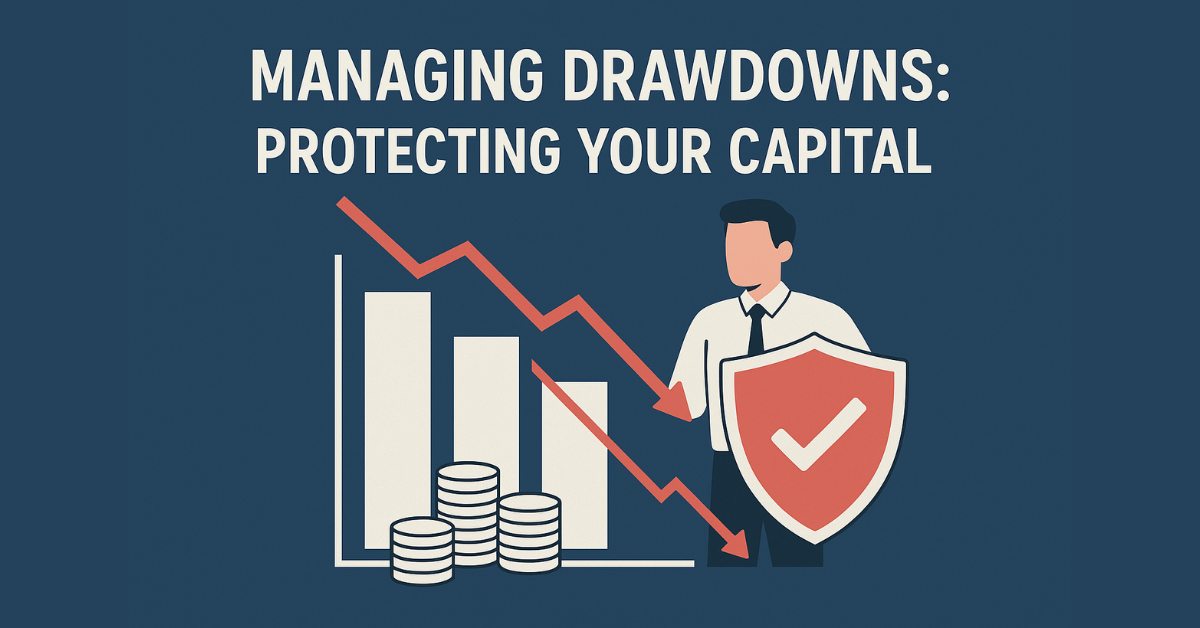
Unpredictable Volatility in Forex Trading: An Uphill Battle
Key Takeaways
- Forex trading is inherently volatile.
- A comprehensive risk management strategy is crucial for success.
- Effective use of risk management indicators can enhance trading outcomes.
- Position sizing is essential for mitigating losses.
- Regular monitoring of margin and leverage is necessary to avoid significant risks.
Table of contents
- The Instability of Forex and the Importance of Risk Management Indicators
- Define Risk Management in Forex: Dealing with the Unpredictable
- Importance of Risk Management: Safeguarding Your Capital in Forex
- Risk Management’s Impact on Trading Success: Minimizing Losses through Strategic Practices
- Coherent Explanation of Risk Management Indicators: Understanding Their Utility
- How Risk Management Indicators Differ from Standard Technical Indicators: Highlighting Their Unique Features
- Maintaining Disciplined Trading through Risk Management Indicators: Staying Consistent Amidst Volatility
- Common Technical Indicators Used: A Detailed Overview
- Technical Indicators as Integral Parts of Risk Management
- Position Sizing Rules: Your Strategic Shield Against Losses
- Risk/Reward Ratios: Gauging Potential Profits and Losses
- Margin and Leverage Tracking: Balancing Your Risk Exposure
- Forex and the Use of Moving Averages: Smoothing Out the Creases
- Using RSI to Assess Forex Market Conditions: Keeping an Eye on Momentum
- Bollinger Bands: Measuring Volatility and Managing Risk
- Risk-Based Forex Indicators: The Power of Combination
- Implementing Risk Management Indicators: An Action Plan
- Avoiding Mistakes with Risk Management Indicators: Sidestepping Common Pitfalls
- Concluding Thoughts: The Indispensable Role of Risk Management Indicators in Forex Trading
The forex market, unlike the comparatively regulated stock market, is influenced by the ebbs and flows of the global economy. This international stage is continually shaped by various economic indicators and governmental policy decisions – a dynamic environment that often results in inherent volatility for traders. Recognizing this, risk management indicators have been developed as indispensable tools for traders, aiding them in assessing and reacting effectively to these rapid shifts in market conditions.
In this article, we will delve into the nuanced world of these forex risk management indicators, exploring how they can enhance investor confidence and contribute to a more informed, successful trading strategy. As we traverse this technical landscape, we will also touch on external resources such as FBS Risk Management Guide and Investopedia’s Forex Risk Management, allowing for a more in-depth analysis.
Define Risk Management in Forex: Dealing with the Unpredictable
When trading in the forex market, the practice of risk management becomes crucial due to the unpredictable movements of currency pairs. The ability to identify, analyze, and manage risks can spell the difference between catastrophic losses and maintained capital. Learn more.
Importance of Risk Management: Safeguarding Your Capital in Forex
In the midst of the forex market’s unpredictability, a comprehensive risk management strategy can act as a bulwark against devastating losses. The crux of risk management lies in the protection of trading capital, an essential practice for maintaining long-term success amidst short-term downturns. Read more here.
Risk Management’s Impact on Trading Success: Minimizing Losses through Strategic Practices
The effectiveness of a trader’s risk management plan can greatly influence their overall success in the forex market. By regulating the timing, calculated position sizes, and integration of stop-loss and take-profit orders, traders can employ strategies that minimize risks and optimize profit potential. Discover more.
Coherent Explanation of Risk Management Indicators: Understanding Their Utility
Among the myriad of available analytical tools, risk management indicators possess a unique set of features that are specifically designed to gauge the feasibility and potential magnitude of losses. These indicators can provide traders with an invaluable perspective, enabling them to strategize and adapt to the market’s volatility effectively. Find out more.
How Risk Management Indicators Differ from Standard Technical Indicators: Highlighting Their Unique Features
Unlike standard technical indicators, which typically signal price trends or market momentum, risk management indicators emphasize the identification and analysis of the potential scope for losses. Their value lies in their ability to prompt strategic planning and adjustments, crucial steps in safeguarding capital in the forex market. Learn more.
Maintaining Disciplined Trading through Risk Management Indicators: Staying Consistent Amidst Volatility
Risk management indicators encourage disciplined and consistent trading by fostering thorough risk assessments. By helping traders architect informed decisions, such as when to enter or exit trades, the extent of capital to risk, and effective position management, these indicators can reduce the allure of emotional trading and pave the way for a more composed and methodical trading approach. Read more here.
Common Technical Indicators Used: A Detailed Overview
Technical indicators offer unique perspectives on market trends, momentum, and volatility. Some popular ones include Moving Averages, the Relative Strength Index, and Bollinger Bands, each of which provides valuable insight into market conditions and can influence trading decisions.
Technical Indicators as Integral Parts of Risk Management
Precise interpretations of the market conditions can be gleaned through technical indicators like Moving Averages, Relative Strength Index, and Bollinger Bands. When used together, they can provide a comprehensive picture of the forex market, enhancing the trader’s understanding and decision-making process.
Position Sizing Rules: Your Strategic Shield Against Losses
The importance of position sizing, the process of adjusting the number of units to trade relative to account equity, cannot be overstated. By specifying a certain percentage of their total capital for each trade, traders can effectively mitigate the risk of substantial losses. Learn more about it here.
Risk/Reward Ratios: Gauging Potential Profits and Losses
Risk/reward ratios are an essential tool in assessing the sustainability of trading strategies. By comparing the potential profit to the possible loss, traders can determine the feasibility and potential profitability of any given trade. Find out more.
Margin and Leverage Tracking: Balancing Your Risk Exposure
While leverage enables traders to control larger positions with lesser capital, it also magnifies potential losses. Regularly monitoring your margin and maintaining optimal leverage can help you evade unwanted margin calls and mitigate significant losses. Get more insights here.
Forex and the Use of Moving Averages: Smoothing Out the Creases
Moving averages act as a smoothing tool for price data, aiding traders in determining market trends and adjusting their trading strategies accordingly.
Using RSI to Assess Forex Market Conditions: Keeping an Eye on Momentum
RSI, a popular momentum oscillator that measures the speed and change of price movements, is an integral tool in identifying overbought or oversold conditions in the forex market.
Bollinger Bands: Measuring Volatility and Managing Risk
Bollinger Bands are an effective volatility indicator that help traders make informed decisions regarding entry and exit points, and set effective stop-loss levels in alignment with market volatility.
Risk-Based Forex Indicators: The Power of Combination
Risk-based forex indicators combine the strengths of different technical and risk management indicators to carry out a well-rounded risk assessment, providing traders with an enriched analysis and a diversified approach to trading.
Implementing Risk Management Indicators: An Action Plan
From establishing clear risk parameters, selecting appropriate indicators, to developing comprehensive plans and regularly monitoring their effectiveness, implementing risk management indicators into your trading strategy involves a meticulous process. Learn how to implement.
Avoiding Mistakes with Risk Management Indicators: Sidestepping Common Pitfalls
In effectively using risk management indicators, it’s important to avoid common mistakes such as relying on a single indicator, neglecting to adjust risk parameters, and over-leveraging trades. Understand more about pitfalls.
Concluding Thoughts: The Indispensable Role of Risk Management Indicators in Forex Trading
With the unpredictable volatility that characterizes the forex market, risk management indicators play an indispensable role in safeguarding trading capital and achieving consistent profits. By integrating these tools, traders can make increasingly informed decisions that ultimately lead to successful trading outcomes.






